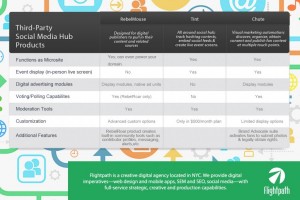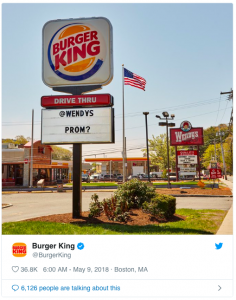Email remarketing is the process of convincing a consumer to come back to your site and complete their purchase. When a shopper is comparing products, they may visit a number of sites and take several days to make a purchase decision. Remarketing emails remind the user of your site and direct that person back to complete their purchase.
Dynamic email remarketing takes this even further. A dynamic email incorporates personalization into every aspect of the communication. Dynamic remarketing emails not only remind the user about your site, they also address the consumer by name, highlight products viewed or in the car, and align messaging strategies with the page abandoned.
A couple months ago, we looked into the fundamental aspect of remarketing, the remarketing email. That post detailed the types of messages sent when a user is at different stages of abandonment. Shopping Cart Abandonment messages are aimed at consumers who left the website after adding items to their shopping cart, while Checkout Page Abandonment messages are aimed at customers who began the checkout process, then left the website.
Shopping cart abandonment emails and checkout abandonment emails are dynamically tailored to assist the user’s journey to checkout. In today’s post, we will be looking at what makes a dynamic remarketing email and its advantages.
What is dynamic remarketing?
Dynamic remarketing messages are personalized and align with each stage of the purchase journey. When a product is abandoned in a shopping cart, each step of the email campaign is designed to recover the order. A dynamic remarketing email can send the user right back to their shopping cart to complete a purchase, while utilizing product-specific messages.
The Advantages Of Dynamic Messaging
Relevance
Dynamic remarketing presents email recipients with a unique experience, reflecting the user’s personal profile and browsing history. The user is receiving personalized communication which increases loyalty and conversion rates.
Flexibility
With one email template, many different personalized messages can be sent.
The recipient’s email will reflect their own personal data, their browsing or shopping history and can recommend new products that interest them.
Now we’re going to discuss the components of what makes a dynamic remarketing campaign successful.
If you would like to learn more about the basics of developing a remarketing campaign, check out the post where we answer the question: What Is Remarketing?
What makes a remarketing email’s text dynamic?
Subject Line
The user’s journey is instantly personalized by being addressed with their name in the subject line. Upsellit’s PreCapture lead recovery technology can collect a shopper’s name and email address in real time, before a user clicks submit.
User Preferences
Emails can be sent based on a user’s language settings. Users from different regions can be addressed in their preferred language, providing an easy transition back to the checkout page.
Depending on the point of abandonment, the email’s language can address exactly where the user left off.
Incentives
Incentives can be dynamic based on the user’s cart value. With escalating incentives, the overall conversion rate increases while maximizing the campaign’s profitability.
What makes a remarketing email’s images dynamic?
Relative Images
The images in the email can be the exact products the user has put into their shopping cart alongside related and similar products.
User History
If the user has previously purchased items, an email with those product images can remind the user to purchase those items again.
What is remarketing’s goal?
A remarketing email targets a user with a message to get them to return to a previously visited site. The goal is to get that user to convert. However, a remarketing email with dynamic content targets users more effectively, increasing the likelihood of conversion.
The goal of dynamic remarketing is to make relevant content easy to access. Personalized from the start, dynamic content provides the user with a direct path to completing their purchase.
(144)






